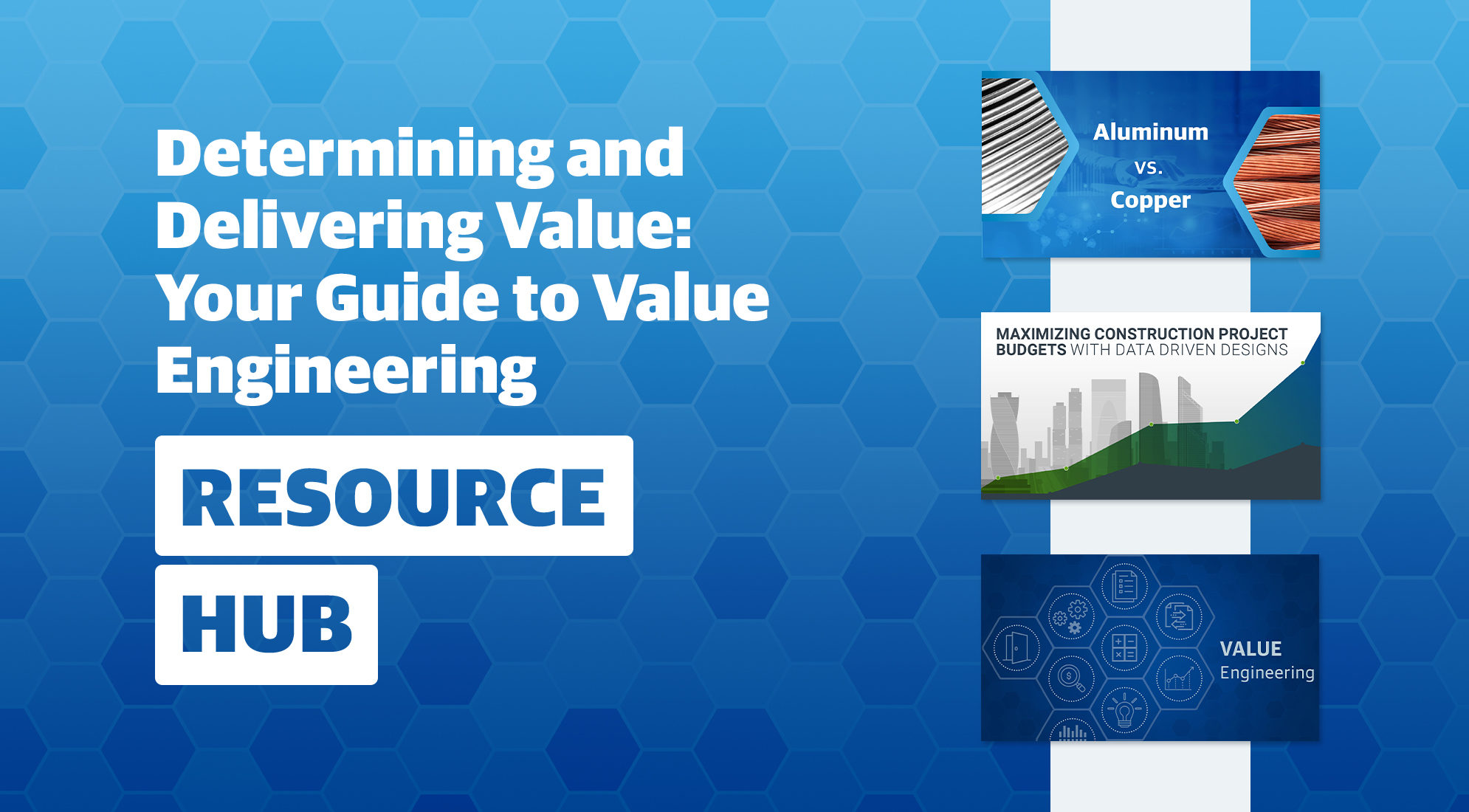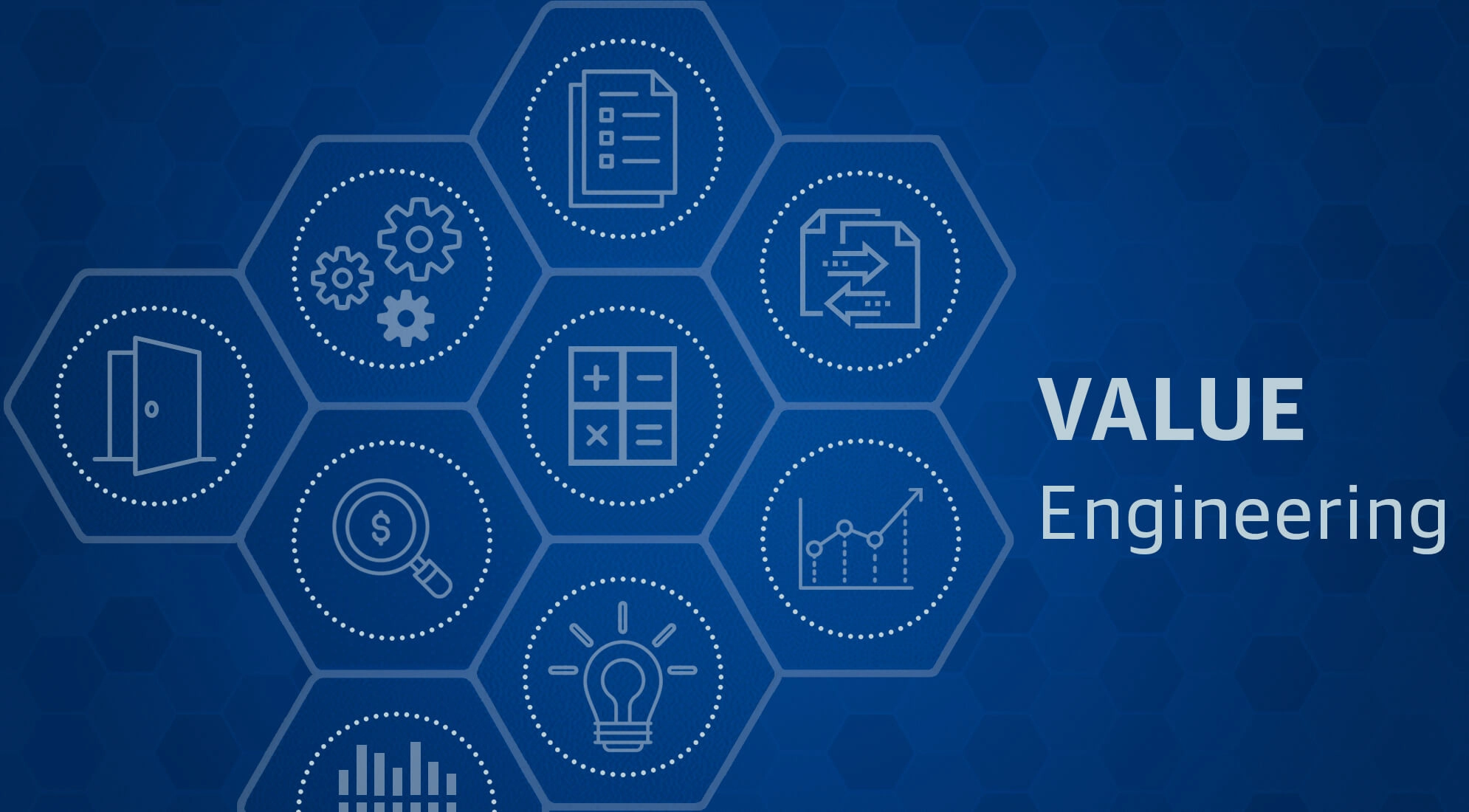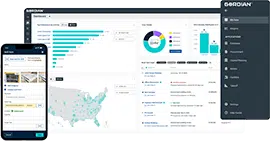Value Engineering Risks Design Professionals Must Avoid
The construction industry is in a precarious moment. Prices are fluctuating wildly as inflation rages on. Popular materials are running scarce. Skilled laborers are harder and harder to find. This confluence of predicaments is thinning project budgets, and design professionals are under more pressure than ever to make budgets go further.
Enter value engineering.
First introduced during World War II, value engineering is a methodical process intended to maximize function and performance while minimizing costs. When it comes to construction, architects and other design professionals are largely responsible for value engineering by considering alternative systems and materials that create value for the project owner.
When the process is executed well, value engineering is a positive experience for owners, design professionals, contractors and the rest of the project team. But value engineering is no failsafe. There’s a reason a survey of 10,000 construction professionals listed “uncontrolled value engineering” as one of the biggest risks to the built environment. It can go terribly wrong.
Let’s look at a few value engineering risks design professionals must avoid and what they can do to avoid them.
Value Engineering Risk: Taking a Narrow View
A major value engineering risk is considering alternative solutions at the individual building system or component level without considering the building as a whole. Any given design change may radiate throughout an entire facility. Approaching value engineering with a narrow focus will prolong the process and may lead to making tradeoffs that diminish value over the long term.
To avoid this value engineering risk, design professionals should take a step back and consider plans holistically so they are clear about the ripple effects of any single change.
Value Engineering Risk: Going It Alone
When it comes to value engineering, the buck stops with design professionals. However; design professionals who try to generate value engineering options on their own are doomed to fail. The entire project team – engineers, architects, owner representatives and contractors – needs to be engaged in the process. This input is invaluable. Project team members can offer their own value engineering solutions and point out any deficiencies in proposed plans. Their experience and expertise will help make designs better.
To avoid this value engineering risk, designers should make it a point to gather the perspectives of the whole project team and take those perspectives seriously.
Value Engineering Risk: Failing to Document
People pursue careers in architecture, engineering and design to work creatively and bring innovative and functional buildings to life. No one enters these fields because they love taking fastidious notes. But in a value engineering environment, clear and thorough documentation is a necessity.
As the team looks for ways to alter the original project plans to create value, tracking suggested changes, objections and considerations, and points of consensus will help the team stay on track.
Value Engineering Risk: Obsessing Over Today’s Costs
Value engineering tends to go wrong when teams focus disproportionately on bringing down the construction costs of a project. A myopic, cost-obsessed view of the project will lower the initial price tag, sure, but it often does not create long-term value for your client.
To put it plainly, lower costs today can lead to higher costs tomorrow.
Design teams must value engineer with an eye to the future. They must consider ongoing operational, maintenance and replacement costs. Less costly materials, equipment and systems often cost more to keep up and/or have a shorter useful life. In such cases, it may provide the greatest value to go with a solution that is initially more expensive but requires less attention – and less investment – across the building lifecycle.
There are tools that design professionals can use to help them estimate long-term costs and provide informed value engineering options. RSMeans Data Online, a powerful construction cost database and estimating software, offers a Life Cycle Costing tool that lets you accurately estimate costs years into the future. With the industry’s most trusted construction costs at your fingertips, you’ll have the ability to show the total costs of choices and avoid the value engineering risk of obsessing over today’s costs.
Value Engineering Risks Worth the Rewards
The long-term benefits of value engineering are undeniable. Owners control costs. Users enjoy a quality building experience longer. Design professionals keep their clients happy. And while value engineering risks lurk around every corner, if you follow a proven process, you’ll deliver value with every project.







